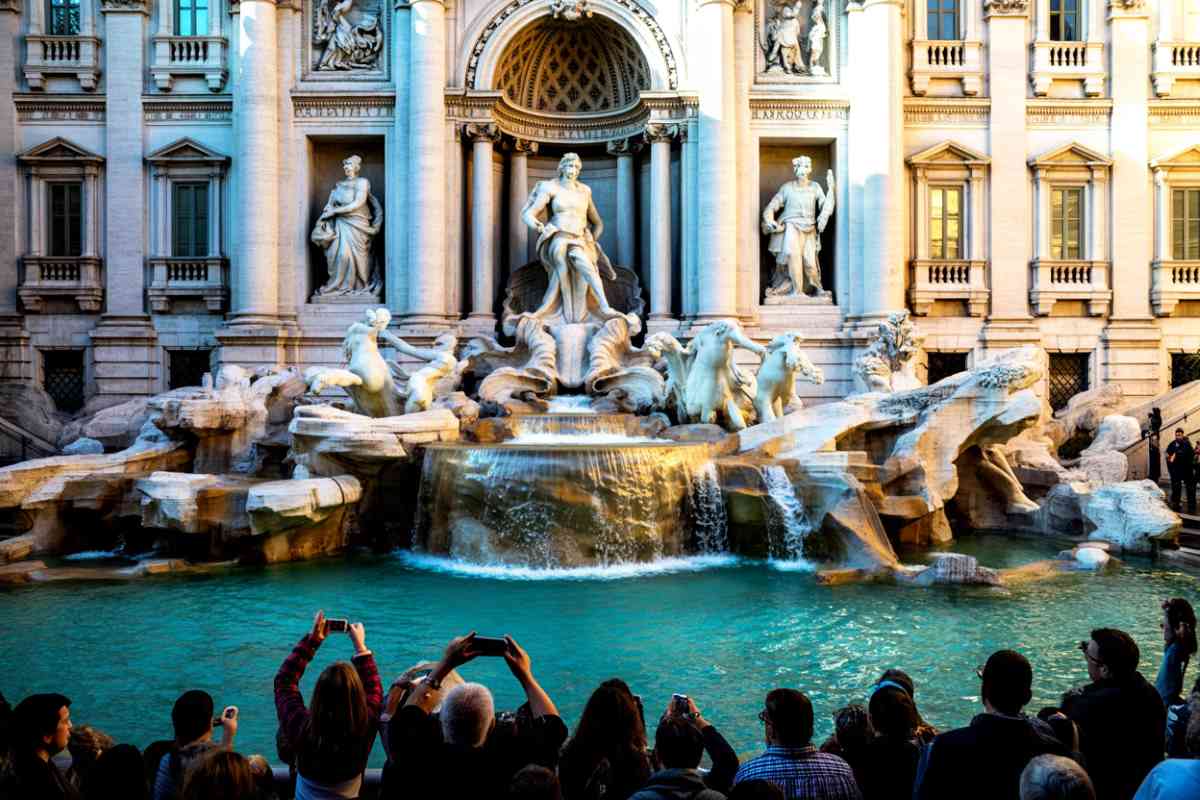Published on
August 11, 2025 |
This summer, the number of tourists flocking to the world’s hottest spots is creating real problems. Places like the crowded streets of Rome and the bright beaches of Thailand are showing signs of overtourism. Because of the discomfort, more travelers are choosing to steer clear of the typical attractions. Now, half of vacationers now plan trips that skip crowded countries like Spain, Italy, Thailand, and France.
Visiting iconic spots like Rome’s Trevi Fountain or the clear waters of Phuket is still tempting, but the crush of people can ruin the moment. Safety isn’t the issue—many destinations are secure. The trouble is that buses, restaurants, and public spaces are now so full that it’s hard to enjoy the places people once loved.
The Hidden Dangers of Overcrowded Destinations
Overtourism can present more risks than just long lines and crowded streets. Some areas are facing growing political tensions, environmental concerns, and increased crime rates, which all require travelers to be extra cautious when planning their trips. It’s essential to research the current situation in any destination you’re considering, as a combination of rising political tensions and tourist overload can lead to uncomfortable experiences. In some cases, locals have voiced concerns about the effects of mass tourism on their daily lives, contributing to a more unfriendly atmosphere for visitors.
While some destinations might be crowded, they are still considered safe to visit. However, it’s important to manage expectations. Instead of planning to visit the busiest tourist traps, consider opting for alternatives that offer similar experiences without the stress.
Popular Destinations to Avoid This Summer
Here are some well-known tourist spots that experts recommend avoiding this summer due to overcrowding and rising tensions:
Thailand: Popular Islands Face Overcrowding
Thailand’s tropical islands, particularly Phuket, Pattaya, and Krabi, have been overwhelmed by tourists for years. The once affordable and serene destinations have become overcrowded, leaving many travelers frustrated. Experts suggest considering alternatives like Chiang Mai, located in northern Thailand, which remains less commercialized, offering a more peaceful experience. Bangkok, too, is a suitable option with its ample space and vibrant shopping scene.
Croatia: Dubrovnik Struggles with Overcrowding
Dubrovnik, Croatia, made famous by the hit series “Game of Thrones,” has transformed into one of Europe’s most overcrowded destinations. The city’s small population of 41,000 residents is no match for the massive influx of tourists, particularly cruise passengers, resulting in traffic jams and overcrowded streets. On certain days, it’s nearly impossible to fully enjoy the city. To escape the crowds, travelers are encouraged to explore Split, which boasts a historical inner city but with fewer visitors, or Zagreb, a less crowded alternative with a similar charm.
Greece: Santorini and Mykonos Face Unlivable Crowds
The iconic Greek islands of Santorini and Mykonos have become victims of their own success, attracting millions of visitors annually. Locals have voiced their frustration with the overwhelming number of tourists, as the islands struggle to accommodate them. Athens and Thessaloniki, on the other hand, offer a quieter yet equally fascinating experience, with slightly fewer visitors and less of the chaotic atmosphere found on the islands.
Europe’s Tourism Capitals: Amsterdam, Venice, and Barcelona
Several major European cities, including Amsterdam, Barcelona, Lisbon, and Venice, have become hotspots for tourist frustration. These cities are grappling with the challenges of rising housing costs, anti-tourist sentiment, and severe overcrowding. Additionally, record-breaking heatwaves during the summer months make it even more unbearable to navigate these already packed cities. Alternatives like Berlin, Helsinki, and northern Sweden provide a more relaxed experience, with fewer crowds, while still offering plenty of cultural and historical attractions.
Why Seek Alternatives?
The overcrowding in these popular destinations has not only made travel less enjoyable but has also led to rising resentment among locals. Many of these destinations have reached their tourism capacity, and the sheer volume of visitors is creating a strain on local resources. Environmental challenges, including waste management and pollution, also play a role in the declining quality of the travel experience.
By choosing less crowded alternatives, travelers not only avoid the stress of navigating tourist traps but also contribute to more sustainable tourism practices. Destinations like Split in Croatia, Chiang Mai in Thailand, and Thessaloniki in Greece offer more relaxed environments where you can experience the authentic culture without the overwhelming crowds.
How to Make the Most of Your Summer Travel
You don’t have to battle through people to have a great trip. Today’s travelers can still find rich culture and breathtaking landscapes by heading to the quieter corners of the world. By steering clear of the mega-hotspots, you not only soak up the scenery in peace, you also play a part in protecting the places you love. Sustainable tourism starts with small choices, and your itinerary can make a difference.
For travelers tuned in to the stress that oversaturation causes, the good news is that the industry is slowly moving in the right direction. Airlines, hotels, and tour groups are highlighting hidden gems and offering incentives to explore beyond the obvious. When you pick a less-traveled path, you boost local economies and lighten the load on fragile ecosystems. Thoughtful adventurers are shaping a kinder future for the destinations on their must-see list.
So, if the iconic landmarks still call to you, remember that the postcard you photograph today is someone’s daily life tomorrow. Visiting the hotspots on a quieter day is one option, but seeking out nearby, lesser-known places is even better. You can still create great memories while protecting the beauty that feeds our wanderlust. Opting for smaller crowds isn’t just about your comfort; it’s about keeping the joy of travel alive for everyone—now and for the future.
